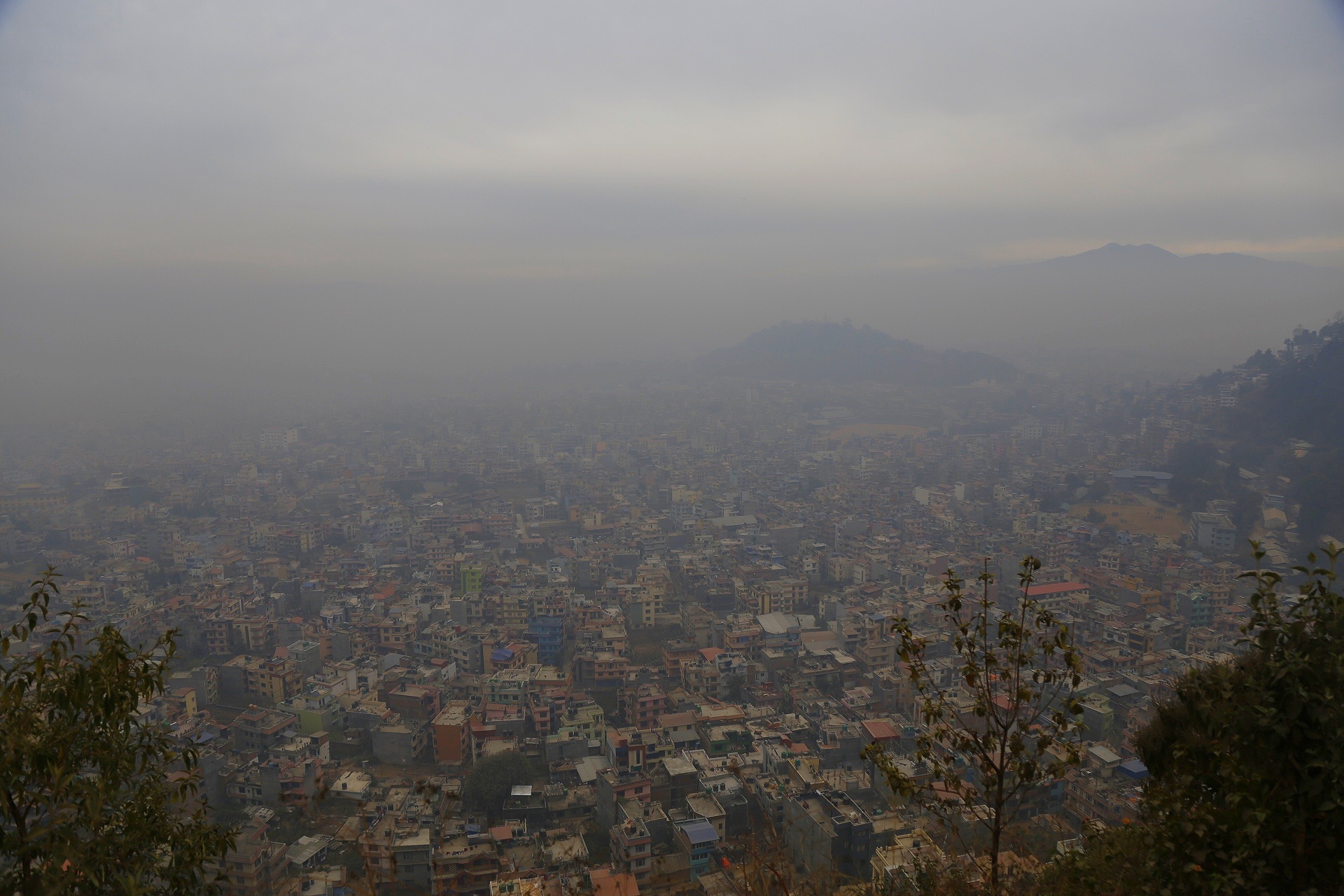Air Quality Assessment in Baghdad: A Public Health and SDG Perspective
Current Air Quality Status: September 18, 2025
On September 18, 2025, air quality in Baghdad, Iraq, reached a critical state, with the Air Quality Index (AQI) surpassing 200. This level is classified as “Very Unhealthy,” primarily driven by high concentrations of PM2.5 particulate matter. At the time of the report, Baghdad was ranked as the most polluted major city globally, indicating a severe environmental and public health crisis.
Health Implications and Alignment with SDG 3
The recorded pollution levels pose significant health risks, directly undermining the objectives of Sustainable Development Goal 3 (Good Health and Well-being). The adverse health impacts include:
- Increased incidence of acute respiratory issues.
- Exacerbation of pre-existing heart and lung conditions.
- Impaired lung function, particularly among vulnerable populations.
Children, the elderly, and individuals with chronic health vulnerabilities are disproportionately affected, highlighting a critical challenge to ensuring well-being for all segments of the population as mandated by SDG 3.
Long-Term Air Quality Trends and SDG 11
While the conditions on September 18 represent an acute pollution event, they are symptomatic of a chronic problem. The average PM2.5 concentration for Baghdad in 2024 was 40.5 µg/m³, a level 8.1 times higher than the World Health Organization’s annual guideline. This long-term average corresponds to an AQI of 111 (“Unhealthy for Sensitive Groups”).
This persistent failure to maintain safe air quality presents a major obstacle to achieving Sustainable Development Goal 11 (Sustainable Cities and Communities), particularly Target 11.6, which aims to reduce the adverse per capita environmental impact of cities by improving air quality.
Causal Factors and Their Impact on Sustainable Development
The poor air quality in Baghdad stems from a combination of natural and anthropogenic sources, which are linked to broader challenges in sustainable development.
- Natural Factors: Frequent dust storms from surrounding arid regions contribute significantly to particulate matter levels.
- Anthropogenic Factors:
- Vehicular Emissions: A study identified gasoline (≈37%) and diesel engines (≈17%) as major sources of carbon-based aerosols.
- Industrial Pollution: Emissions from oil refineries and power plants are significant contributors.
- Energy Generation: Widespread reliance on private generators during power shortages releases substantial pollutants, highlighting challenges related to SDG 7 (Affordable and Clean Energy).
- Waste Management: The open burning of waste is a common practice that adds to air pollution.
These emission sources not only degrade air quality but are also linked to greenhouse gas emissions, complicating efforts toward SDG 13 (Climate Action).
Forecast and Public Health Recommendations
The short-term forecast indicates a slight improvement in air quality, with AQI levels expected to fall below 150 into the “Unhealthy for Sensitive Groups” category. However, conditions will remain hazardous for outdoor activities. To mitigate health risks during such pollution events, the following measures are recommended:
- Limit time spent outdoors.
- Keep windows and doors sealed to prevent indoor air contamination.
- Use high-efficiency air purifiers indoors.
- Wear a protective mask if venturing outside is necessary.
Sustained, long-term improvement in air quality and progress toward related SDGs will require comprehensive interventions that address the root causes of pollution, including transitions to cleaner energy, improved public transportation, and stricter industrial emission controls.
Analysis of SDGs, Targets, and Indicators in the Article
1. Which SDGs are addressed or connected to the issues highlighted in the article?
The article on air quality in Baghdad primarily addresses two Sustainable Development Goals:
- SDG 3: Good Health and Well-being: The article directly links poor air quality to negative health outcomes.
- SDG 11: Sustainable Cities and Communities: The article focuses on the environmental conditions within a major urban center, Baghdad, and the sources of its pollution.
2. What specific targets under those SDGs can be identified based on the article’s content?
Based on the issues discussed, the following specific targets can be identified:
-
Target 3.9: By 2030, substantially reduce the number of deaths and illnesses from hazardous chemicals and air, water and soil pollution and contamination.
- Explanation: The article explicitly states that the “very unhealthy” air quality can “cause respiratory issues, worsen heart problems, and impair lung function.” This directly connects air pollution to illnesses, which is the core focus of this target.
-
Target 11.6: By 2030, reduce the adverse per capita environmental impact of cities, including by paying special attention to air quality and municipal and other waste management.
- Explanation: The article’s central theme is the poor air quality in the city of Baghdad. It highlights that Baghdad is “ranked as the most polluted major city in the world” and identifies urban pollution sources such as “vehicular emissions, industrial pollution… and waste burning,” which directly relate to reducing the adverse environmental impact of cities, with a special focus on air quality.
3. Are there any indicators mentioned or implied in the article that can be used to measure progress towards the identified targets?
Yes, the article mentions and implies specific indicators for the identified targets:
-
Indicator 3.9.1: Mortality rate attributed to household and ambient air pollution.
- Explanation: While the article does not provide specific mortality statistics, it implies this indicator by describing the severe health risks associated with the high pollution levels. The mention of conditions that “worsen heart problems, and impair lung function” are precursors to illnesses and deaths that this indicator is designed to track.
-
Indicator 11.6.2: Annual mean concentration of fine particulate matter (e.g. PM2.5) in cities (population weighted).
- Explanation: This indicator is explicitly mentioned and quantified in the article. It states that “the average PM2.5 concentration in 2024 for Baghdad was 40.5 µg/m³,” which is “8.1 times the WHO annual guideline of 5 µg/m³.” This provides a direct measurement of urban air pollution, which is the essence of this indicator. The article also notes the current AQI is “above 200” due to dominant “PM2.5 concentrations.”
4. Table of SDGs, Targets, and Indicators
| SDGs | Targets | Indicators |
|---|---|---|
| SDG 3: Good Health and Well-being | Target 3.9: Substantially reduce the number of deaths and illnesses from hazardous chemicals and air, water and soil pollution and contamination. | Indicator 3.9.1: Mortality rate attributed to household and ambient air pollution (Implied through discussion of severe health impacts like respiratory and heart problems). |
| SDG 11: Sustainable Cities and Communities | Target 11.6: Reduce the adverse per capita environmental impact of cities, including by paying special attention to air quality and municipal and other waste management. | Indicator 11.6.2: Annual mean concentration of fine particulate matter (e.g. PM2.5) in cities (Explicitly mentioned as “the average PM2.5 concentration in 2024 for Baghdad was 40.5 µg/m³”). |
Source: iqair.com







